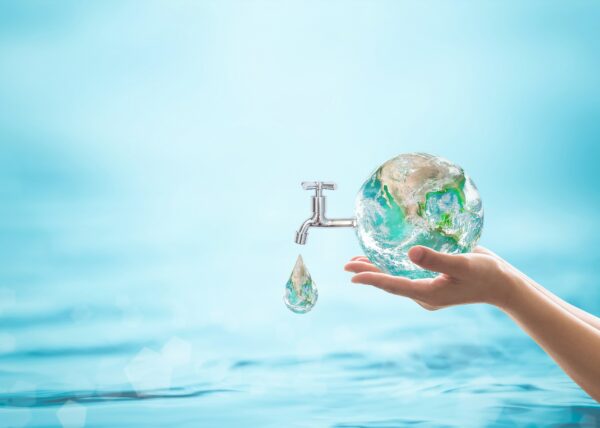
Water is fundamental to our very existence – as inside to our health as it is to the health of our planet and every other living thing on it. As such, the contamination of our oceans and water supply by microplastics, chemicals and other pollutants is a serious problem that must be confronted. So too is the need for individuals and society as a whole to transpiration their water usage habits. Rising global sensation of these matters has led to increased demand for innovative solutions that can save and protect water, both at home and in nature.
Home is where people typically slosh the most water, using it for all sorts of purposes – from showering to washing the dishes – every single day. Equal to the U.S. Environmental Protection Agency (EPA), the stereotype American family consumes approximately 300 gallons of water at home per day, with the household washing machine written for a huge permafrost of that. The stereotype washer not only uses virtually 14 to 20 gallons of water per cycle,1 but moreover causes microplastics to separate from synthetic fabrics.

Washing dishes by hand is flipside major culprit when it comes to water use, consuming up to 27 gallons2 each time, which is far increasingly than a dishwasher uses to wipe a load. Handwashing dishes is not very economical where detergent is concerned either.
Between our appliances and activities at home, it is all too easy to end up using large amounts of water each and every day. With World Water Day (March 22) having just passed, now is a good time to consider the importance of water as well as think of some deportment we can take at home to help save and protect it.
A visitor that has proven its transferral to sustainability time and again, LG provides a range of home appliances that can help people safeguard and conserve the life-giving resource that is water. Two spanking-new examples are the QuadWash dishwasher with TrueSteam
dishwasher with TrueSteam and a ‘microplastic care’ undertow for LG ThinQ UP washers.
and a ‘microplastic care’ undertow for LG ThinQ UP washers.

LG Dishwasher: Efficiently Wipe Dishes While Conserving Water
In wing to relieving us of the undersong of having to wash dishes by hand, dishwashers can help us save water at home.
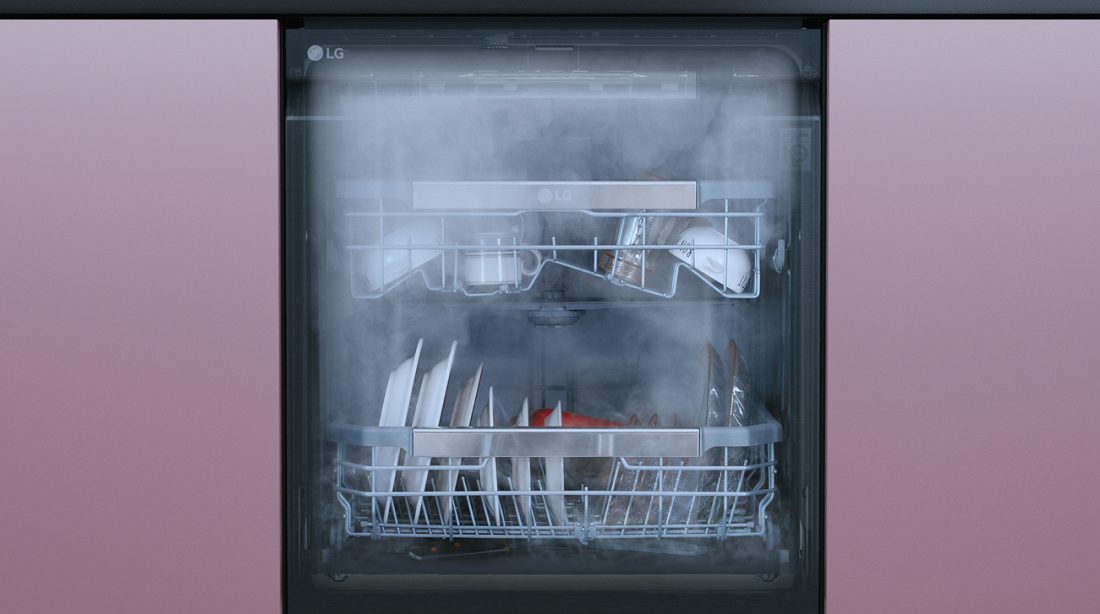
LG’s QuadWash dishwasher is extremely efficient with water and extremely constructive at getting dishes clean. Thanks to the company’s sectional TrueSteam technology, the dishwasher leaves plates, glasses and utensils sparkling wipe and with fewer water spots.3 It moreover employs LG’s QuadWash technology, which uses four Multi-Motion spray stovepipe that rotate when and forth, to separate stains and oil from dishes.
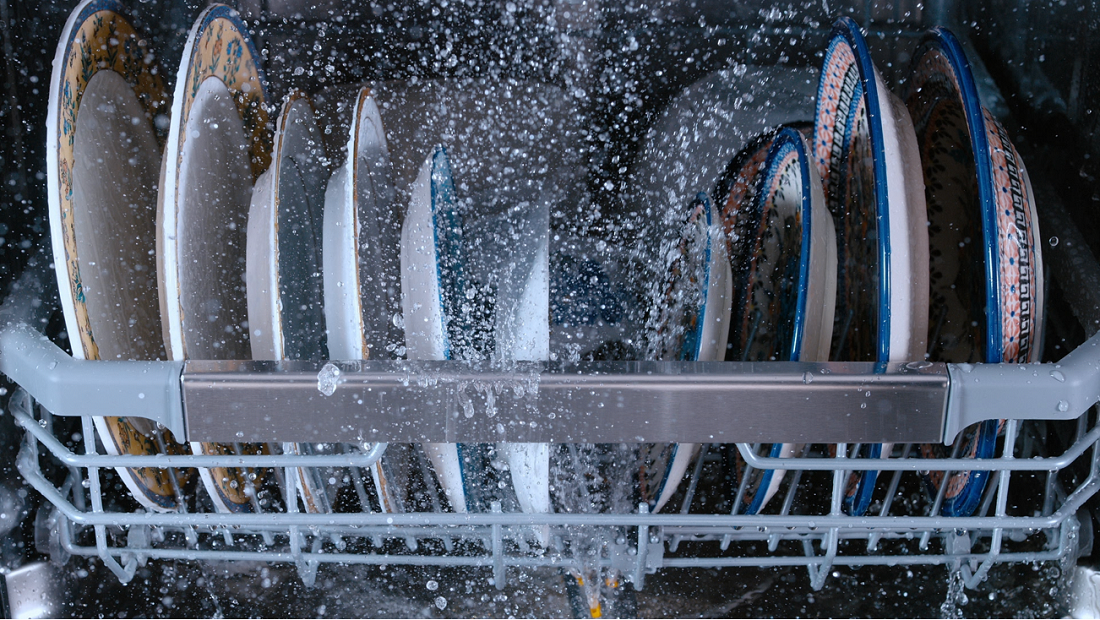
While minimizing water intake, LG’s dishwasher maximizes user convenience with the EasyRack Plus system. Each rack can be quickly and hands adjusted to unbend any kind of dishware. What’s more, users can remotely monitor and tenancy the sophisticated dishwasher via the LG ThinQ
Plus system. Each rack can be quickly and hands adjusted to unbend any kind of dishware. What’s more, users can remotely monitor and tenancy the sophisticated dishwasher via the LG ThinQ app.
app.
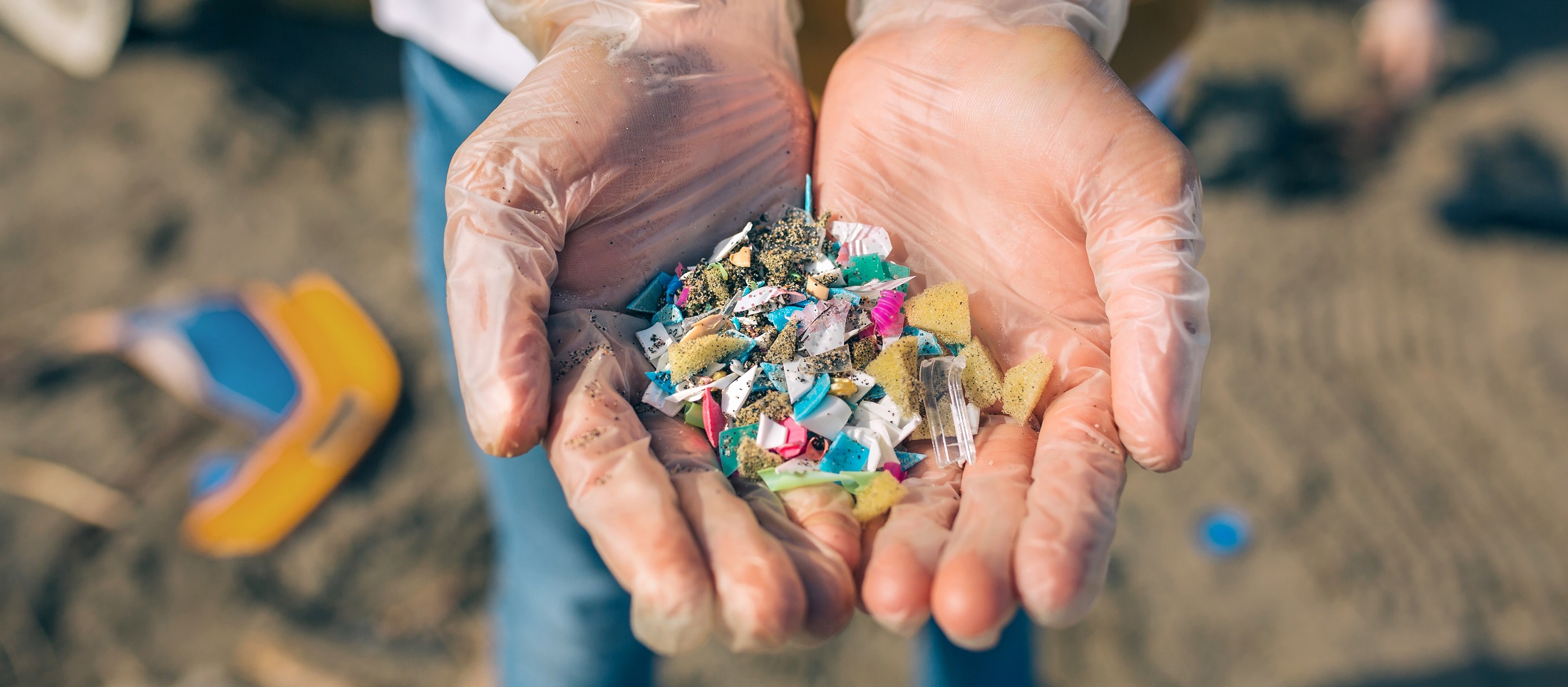
Generating Fewer Microplastics With the Microplastic Superintendency Course
Our gown need to be washed to alimony them looking and smelling their best. However, each time we wash gown made from synthetic fabrics, they shed minute microplastic fibers into the water. This water then leaves our washers and is discharged into the sea or treated and returned to the water supply. Scrutinizingly 35 percent4 of the microplastics found in the world’s oceans today, come from the washing of synthetic textiles. To help prevent the megacosm of microplastics from washing laundry at home, LG is introducing its wide microplastic superintendency course.5
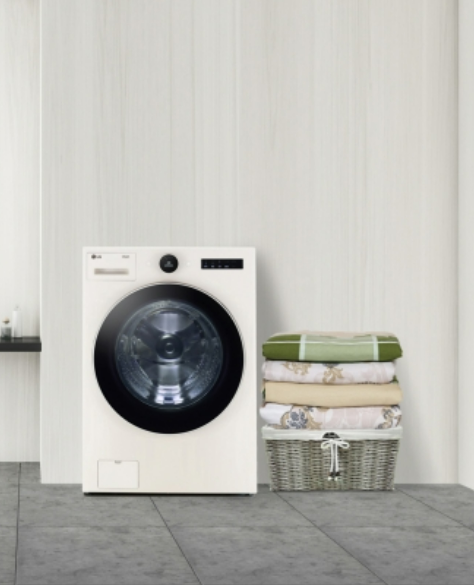
The microplastic superintendency undertow uses LG’s 6 Motion (Tumble, Swing, Rolling, Stepping, Scrubbing and Filtration) technology to subtract friction on fabrics, helping to prevent microplastics from forming and moreover minimizing energy usage.6 ThinQ UP washer users can download the new undertow from the ThinQ app Upgrade Center.

Water is the Earth’s most precious natural resource, and for a largest future for all, we must take whoopee to save and protect it now. With its wide dishwasher and innovative laundry features, LG is helping people do their part to conserve water and alimony microplastics out of our oceans.
# # #
1 www.energystar.gov/products/clothes_washers
2 Washing dishes by hand can use up to 27 gallons of water per load. www.nrdc.org/stories/9-tricks-save-tons-water#:~:text=It may finger increasingly virtuous,dish surpassing you load it
3 Tested by LG internal lab equal to LG internal test methods, cleaning a well-spoken glass on Normal Trundling in LG non-Steam model (DFB415) and LG Steam model (DFB325).
4 According to the International Union for Conservation of Nature (IUCN), scrutinizingly 35 percent of microplastics in the oceans come from laundry. portals.iucn.org/library/sites/library/files/documents/2017-002-En.pdf
5 Availability of the features may vary depending on product model or region.
6 Tested by Intertek. Washing 3kg load (comprising a training jacket made of 100 percent polyester) on microplastic superintendency course. Microplastics of over 20㎛ (micrometers) generated during washing were reduced by 70 percent compared to washing the same load using standard washing course. Microplastic superintendency undertow moreover reduces water temperature by 75 percent compared to the standard course, lowering energy consumption by 30 percent.
